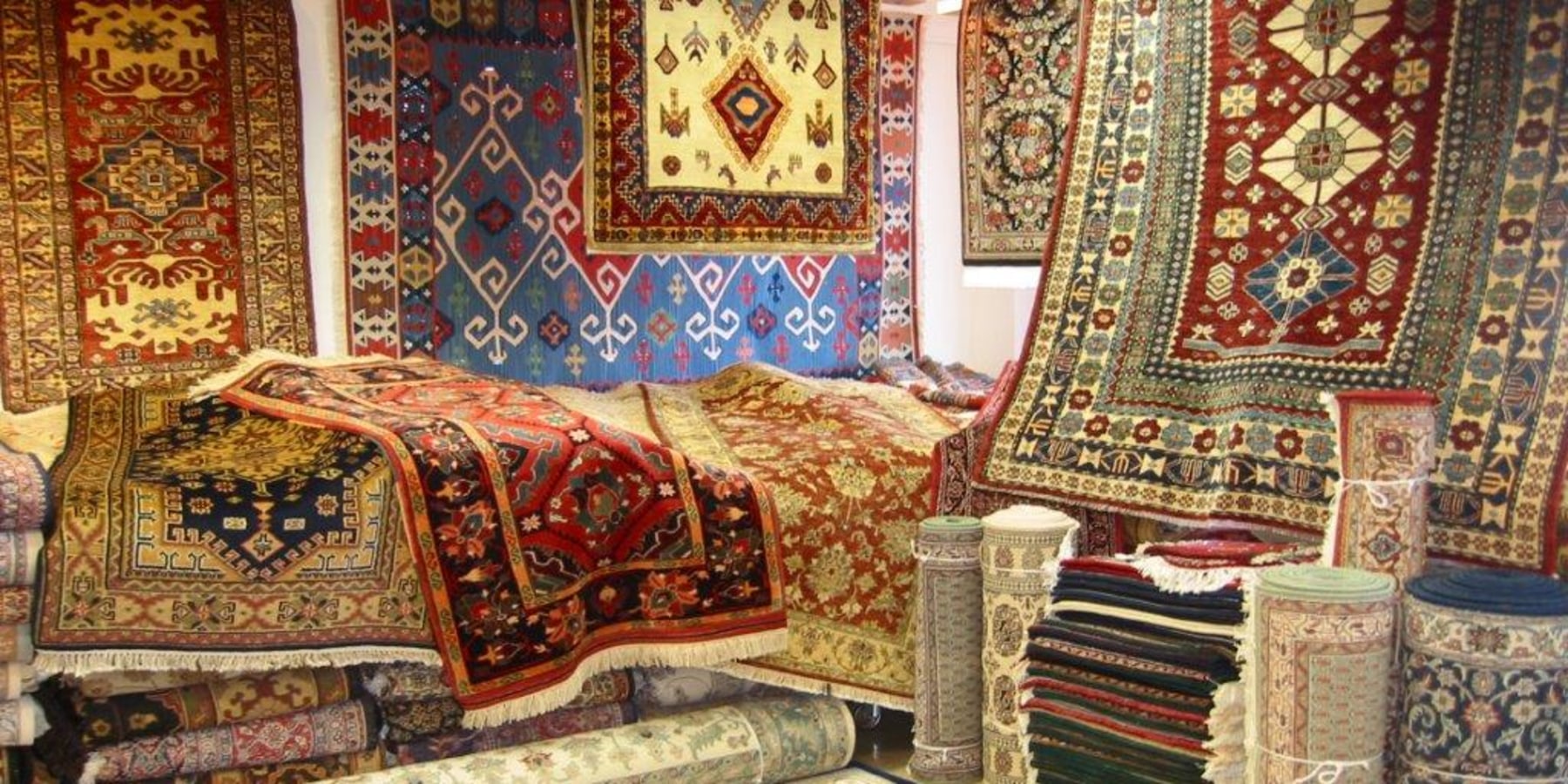
The authenticity of the Persian carpet goes back about 2500 years. Iranians were among the pioneers of rugs in ancient civilizations, and over the centuries, their creativity and genius achieved a degree of excellence in this field. The carpet weaving skills were given by the fathers to their sons and the mothers to their daughters, who built on these skills and in turn provided them as a highly protected family secret to their children. Tracing the history of Iranian carpets is a way to follow the culture of one of the greatest civilizations the world has ever seen.
Iranian carpets and hand-made carpets have been used by nomads in the past, using the tools needed for sewing and texturing Iranian carpets and hand-made carpets for their own purposes, such as insulating cold and heat in winter and summer and preventing humidity and also used for its beauty. Persian carpets have also been used by kings and princes in ancient times as a symbol of their wealth, power, prestige and distinction. Even today, despite the expansion of modern and industrial society, an Iranian house without a carpet is incomplete and soulless, whether machine woven or hand-made ones; this reflects the deep connection between people and their national art.
The earliest documentary evidence for the existence of Persian rugs comes from Chinese texts from the Sassanid period (224-641 CE). However, in Greek historiography, there are written evidence of the existence, value and quality of Persian carpets. This art has undergone many changes in different periods of Iranian history and it improved from the pre-Islamic period until the Mongol invasion of Iran. After the invasion, this art began to grow again during the reign of the Mongol and Timurid dynasties.
Wool is the most common tool for carpet weaving, but it is often used for urban and workshop carpet foundations. The types of wool used for weaving vary widely. Some of these include fur and in some cases even camel hair. Silk carpets are less common than wool carpets because they are more expensive and durable and they tend to age. Because of its rarity, value, and durability, silk carpets are often displayed on walls like tapestries rather than as floor coverings.
In the end, you should know that carpet weaving is a difficult and tedious process that can take from a few months to several years depending on the quality and size of the carpet however Iranian have always been professionals in the field of carpet weaving and in result nowadays, Iranian carpets are known worldwide for their variety, beauty and quality. So if you ever travelled to Iran, do not ever miss the chance of buying some good quality rugs and carpets both as a souvenir or decoration to your house.

